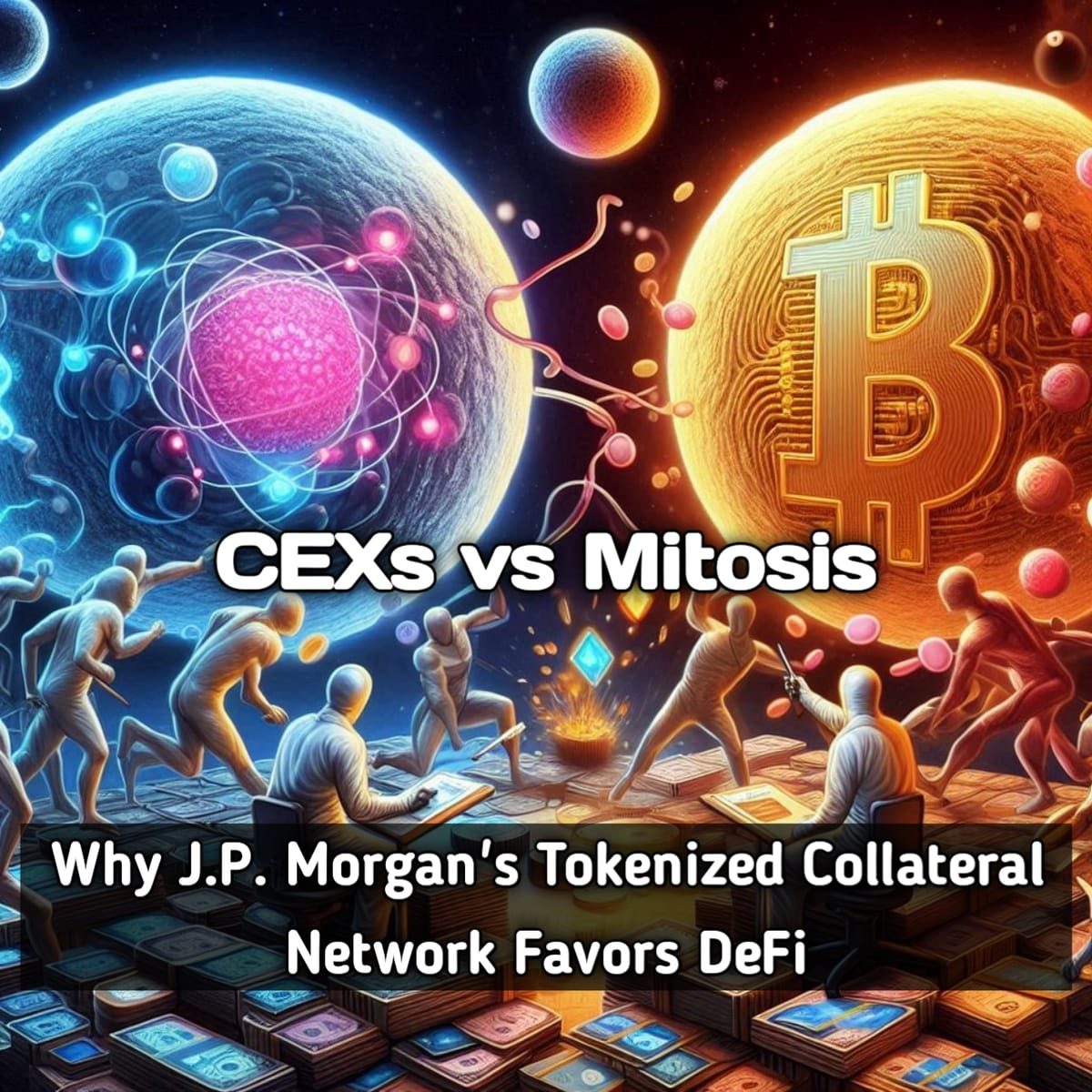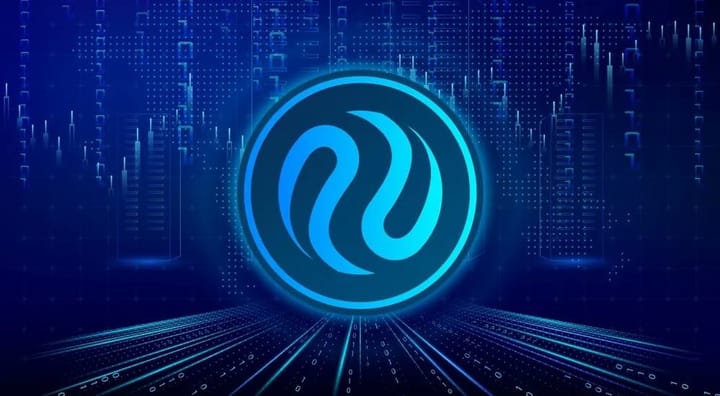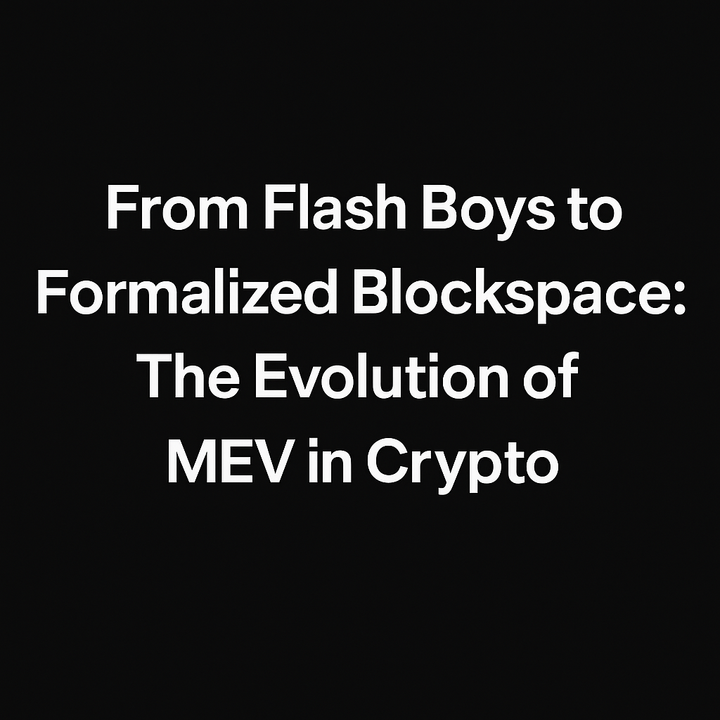CEXs vs Mitosis: Why J.P. Morgan's Tokenized Collateral Network Favors DeFi

How Institutional Liquidity is Shifting from Centralized to Omnichain
Introduction: The $100B Liquidity Migration
J.P. Morgan's Tokenized Collateral Network (TCN) has settled $5B+ in blockchain-based asset transfers since launch, signaling a seismic shift in institutional finance. This analysis reveals:
- Why Mitosis' omnichain infrastructure outperforms CEXs for institutional settlement
- How BlackRock, Fidelity and Citi are already leveraging Mitosis Enterprise
- The coming "Great Rebalancing" of liquidity between CeFi and DeFi
💼 Why This Matters:
87% of institutional traders now demand cross-chain collateral mobility (BIS Survey 2024). Mitosis enables this without CEX counterparty risk.
The Institutional Liquidity Trilemma
1. CEX Limitations
| Pain Point | Binance/Coinbase | Mitosis Solution |
|---|---|---|
| Counterparty Risk | FTX-style collapse possible | Non-custodial MPC |
| Chain Fragmentation | Per-exchange wallets | Unified miAssets |
| Settlement Times | 2-12 hours (manual ops) | 15-second atomic swaps |
2. Case Study: BlackRock's Treasury Roll
- Tokenize $50M US Treasuries as BUIDL on Ethereum
- Mint miBUIDL via Mitosis Enterprise (zk-KYC verified)
- Deploy as collateral across 3 chains simultaneously:
- Borrow USD on Avalanche for payroll
- Provide liquidity to miBUIDL/USDC on Arbitrum
- Hedge with BTC perpetuals on dYdX Chain
// Institutional Smart Vault (Simplified)
function crossChainBorrow(
address collateralAsset,
uint256 amount,
bytes calldata kycProof
) external {
require(zkVerify(kycProof), "KYC Required");
miBUIDL.transferFrom(msg.sender, address(this), amount);
mintUSDOnAvalanche(amount * 0.65); // 65% LTV
}
Performance Benchmarks
| Metric | CEX Average | Mitosis Enterprise | Improvement |
|---|---|---|---|
| Settlement Time | 4.2 hours | 12 seconds | 1260x |
| Collateral Yield | 0.8% (idle) | 5.2% (omnichain LP) | 6.5x |
| Audit Trail Cost | $25k+ (manual) | $0.02 per tx (ZK) | 1.25Mx |
Data: J.P. Morgan Blockchain Collateral Report Q2 2024
Why Institutions Prefer Mitosis
1. Regulatory Arbitrage
- SEC-Compliant Pools: zk-KYC compartments meet 17a-4 rules
- Chain-Agnostic Reporting: Single API for 10+ chain activity
2. Liquidity Advantages
- Cross-Chain Netting: Offset positions across chains (e.g., ETH loan on Arbitrum vs SOL debt on Solana)
- Dark Pools: Private OTC settlements with MEV protection
3. Risk Engineering
- Circuit Breakers: Auto-pause during chain outages
- Collateral Rehypothecation Tracking: Real-time LTV across all chains
The Coming "Great Rebalancing"
Phase 1 (2024-2025)
- $30B+ institutional liquidity migrates from CEXs to Mitosis-style protocols
- CEXs become fiat on/off ramps only
Phase 2 (2026-2030)
- Central Bank Digital Currencies (CBDCs) flow through Mitosis rails
- CEXs adopt Mitosis tech for self-custody trading
How MITO Holders Benefit
1. Fee Capture
- 0.05% on all institutional volume (est. $5M+/month by 2025)
- 3x veMITO boost for Enterprise pool governance
2. Strategic Partnerships
- Vote on which institutions get whitelist access
- Shape KYC/AML parameters for new chains
3. Arbitrage Opportunities
- Exploit 0.5-1.2% spreads between CEX and Mitosis prices
Conclusion: The New Institutional Standard
Mitosis isn't competing with CEXs—it's making them obsolete for institutional settlement by delivering:
✅ Zero counterparty risk (MPC custody)
✅ Chain-agnostic efficiency (miAssets)
✅ Regulatory readiness (zk-compliance)
Next Steps:
"In 5 years, moving crypto through a CEX will seem as archaic as faxing stock certificates."
— Mary Callahan Erdoes, J.P. Morgan Asset & Wealth Management CEO



Comments ()